How to Import Contacts to iPhone from CSV File in a Professional Way?
Want to import contacts to iPhone from a CSV file but don’t know how? You are not alone. As iPhones lack any native methods that can bulk upload contacts, many iOS users struggle with this challenge. Not to worry, as in this writeup, you will find all the instructions that you need. After reading this, anyone can pull the contacts out of the comma-separated vault and place them inside the Apple Mobile. So without further ado, let’s get started.
Table of Contents
Basic Method to Transfer CSV Contacts to iPhone Manually
One way that people can do this is by manually adding the contacts one by one. It is a direct addition to your iPhone contact list and thus the only available method to import CSV contacts to iPhone without iCloud.
- For that, open your Contacts app on your iPhone
- Tap on the + Icon
- Fill in the details by typing or copying them from the CSV file.
- Press Done and repeat for the rest of the data. The iPhone automatically updates the list.
By using this method, you give up the chance to bulk upload contacts to your iPhone. So it is better to reserve it for situations where the original file contains a few contacts.
Moreover, as the number of rows increases, it becomes unlikely that anyone would want to spend time in this manual mayhem.
So if you have a CSV contact file with hundreds, if not thousands, of contacts, it’s better to move on to the next method.
Also Read: Instructions on How to Import Contacts from Excel to Android Phone
The Best Way to Import Contacts to iPhone from CSV File
As discussed above, there is no direct option offered by iPhone to import CSV contacts list. Therefore, users are looking for an alternative way for the same. There is one way possible that a user can try it with the help of iCloud.
But here is also one catch i.e., iCloud provides an option to import vCard file, not CSV. So, if a user wants to import contacts to an iPhone, he or she needs to convert CSV data file to vCard format.
After all this, the first question that strikes in a user’s mind is how to convert the contact files to VCF format? Let us solve your problem in an efficient manner. As iCloud supports vCard v3.0. or above, so conversion needs to be done with a professional solution to start the procedure to transfer contacts to iPhone from CSV file.
Step 1: Convert CSV Format to vCard
Depending on the operating system a user is using, the choice of professional solution will vary. Thus, this section will discuss solutions for both Mac & Windows OS users.
For Mac Users
If you are a Mac OS user and someone sends you a CSV file, then simply convert it to vCard using the tool to convert CSV contacts to vCard for Mac. This application by PCVITA is designed in a manner that a user can install it on a Mac machine and convert the file to VCF format in just a few numbers of clicks. In addition, the application is capable to export multiple contacts from the file to vCard at once on a Mac machine. Apart from all this, the software is supported by Mac OS X v10.6. and above.
Steps to Import Contacts to iPhone from CSV File Via Conversion on Mac Machine
- Install and run the Converter on Mac machine
- Click on the Add File(s) button to upload a CSV file into it.

- After that, select and load a CSV file. Press Next.

- Select VCF as the export type. Map the Column Headers and apply other settings.

- Now, provide a destination location to save the file.

- Then, click on the Export format, map custom fields, and apply settings. At last, hit the export button.

For Windows Users
If you are a Windows OS user and want to import contacts to iPhone from CSV file, then this application is for you only. The tool to export Excel contacts to vCard is one such application that is an expert in converting CSV file to vCard format on Windows OS. A user can either create a single VCF file for each contact or all contacts in one vCard. Moreover, it creates a vCard v3.0. & v4.0. based on your choice. Thus, it is easily supported by all applications. During conversion, a user is allowed to map all attributes also accordingly. Moreover, a user can run this Converter tool on any version of Microsoft Windows OS.
Also Read: Complete Guide on How to Import Contacts from Excel to Gmail Email
Steps to Transfer Contacts to iPhone from CSV File by Converting to vCard on Windows OS
- First of all, run the software on the local machine.
- Click on the Browse button to add CSV file to the application.

- Then, a preview of CSV file data is provided by the software.

- After that, you can map CSV attributes with vCard attributes.

- Click the Convert button to start with the conversion process.

After exporting the CSV contact list to VCF format, it becomes easy for the users to import it to iCloud.
Step 2: Import vCard to iCloud
Follow these step-by-step instructions to finally transfer CSV contacts to iPhone.
- Login to https://www.icloud.com/
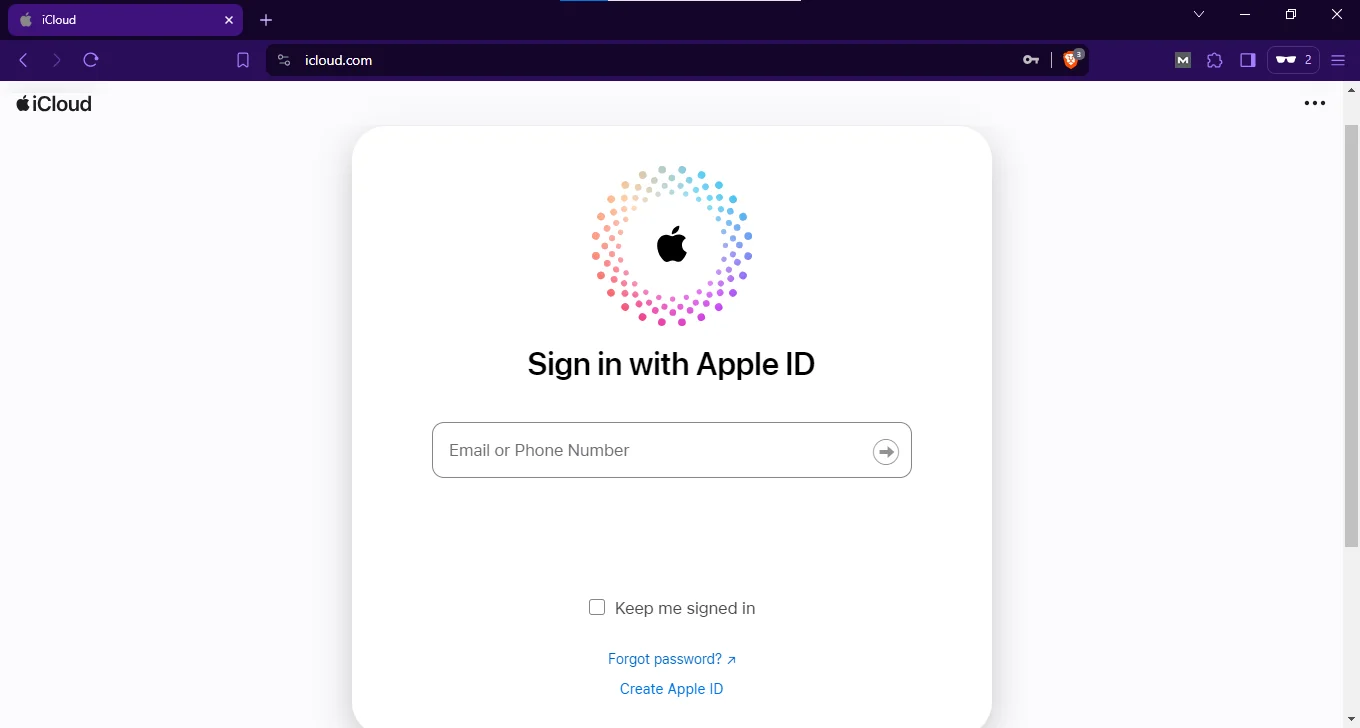
- Click on the candy box menu at the top right corner.
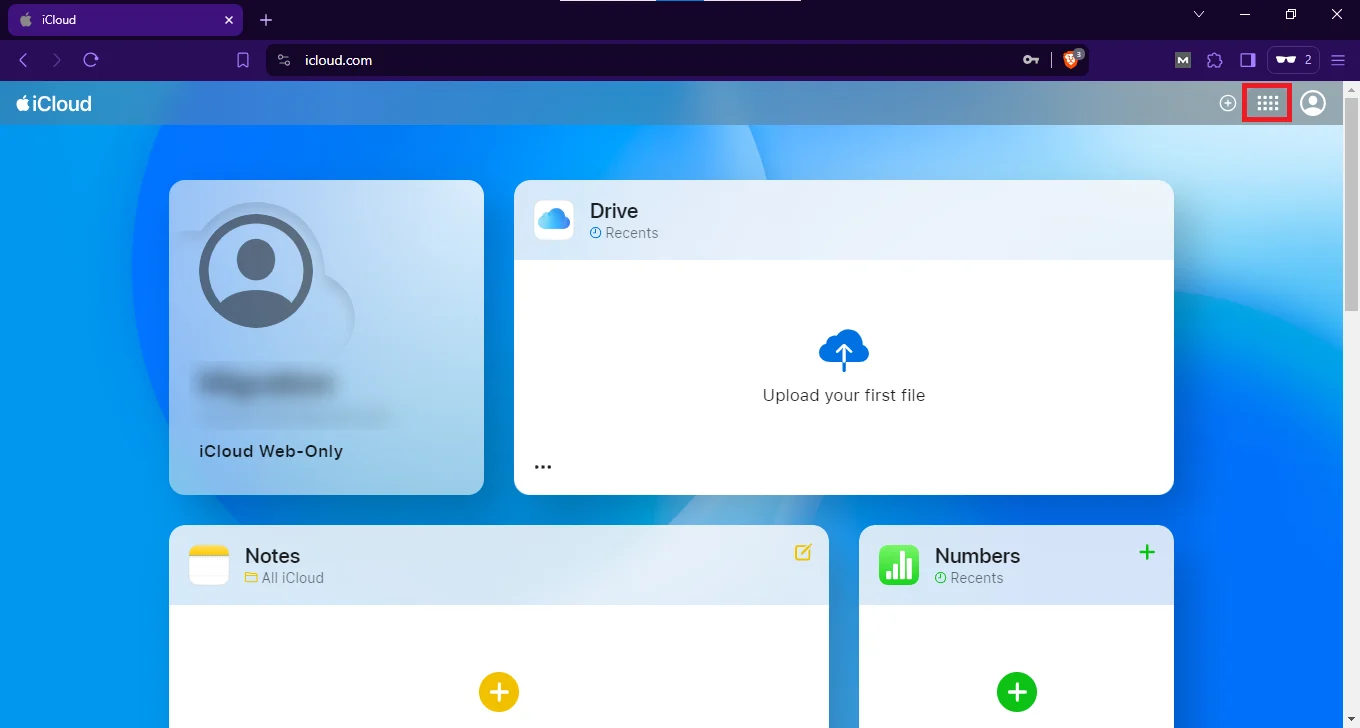
- Among apps, select Contacts.
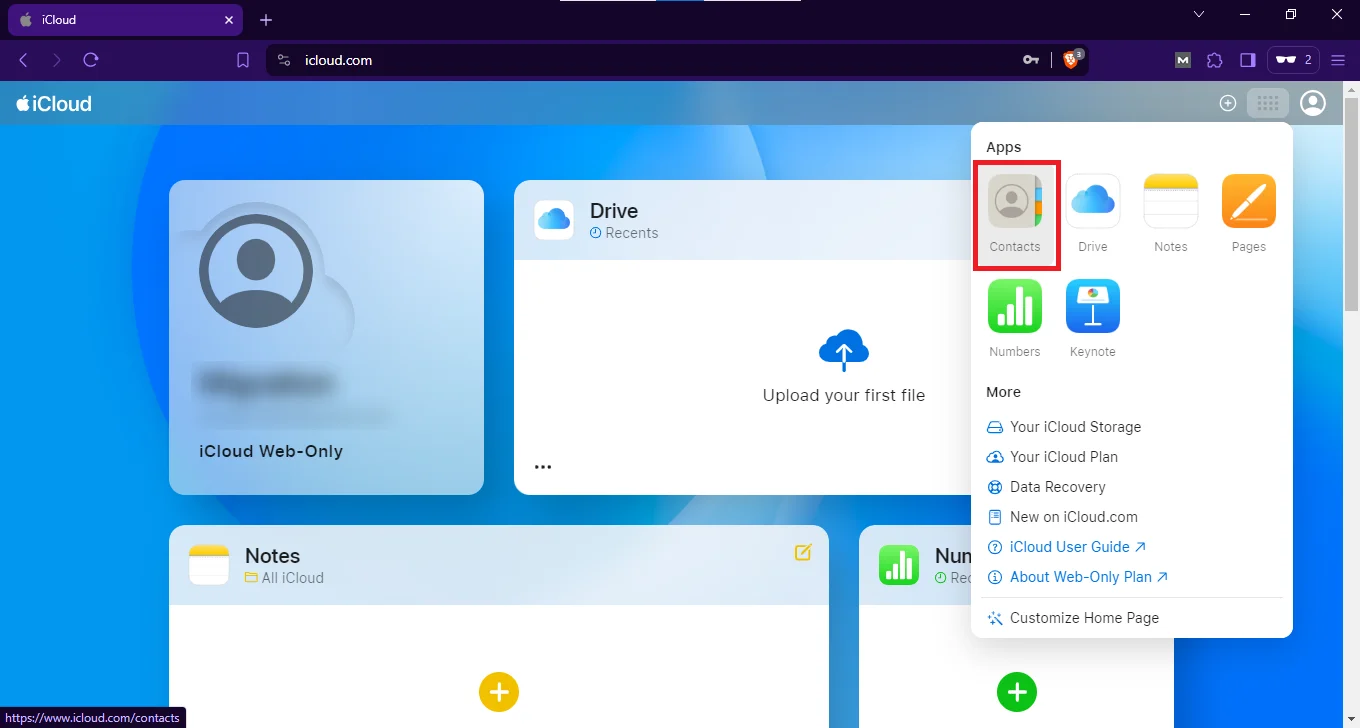
- Click the + icon.
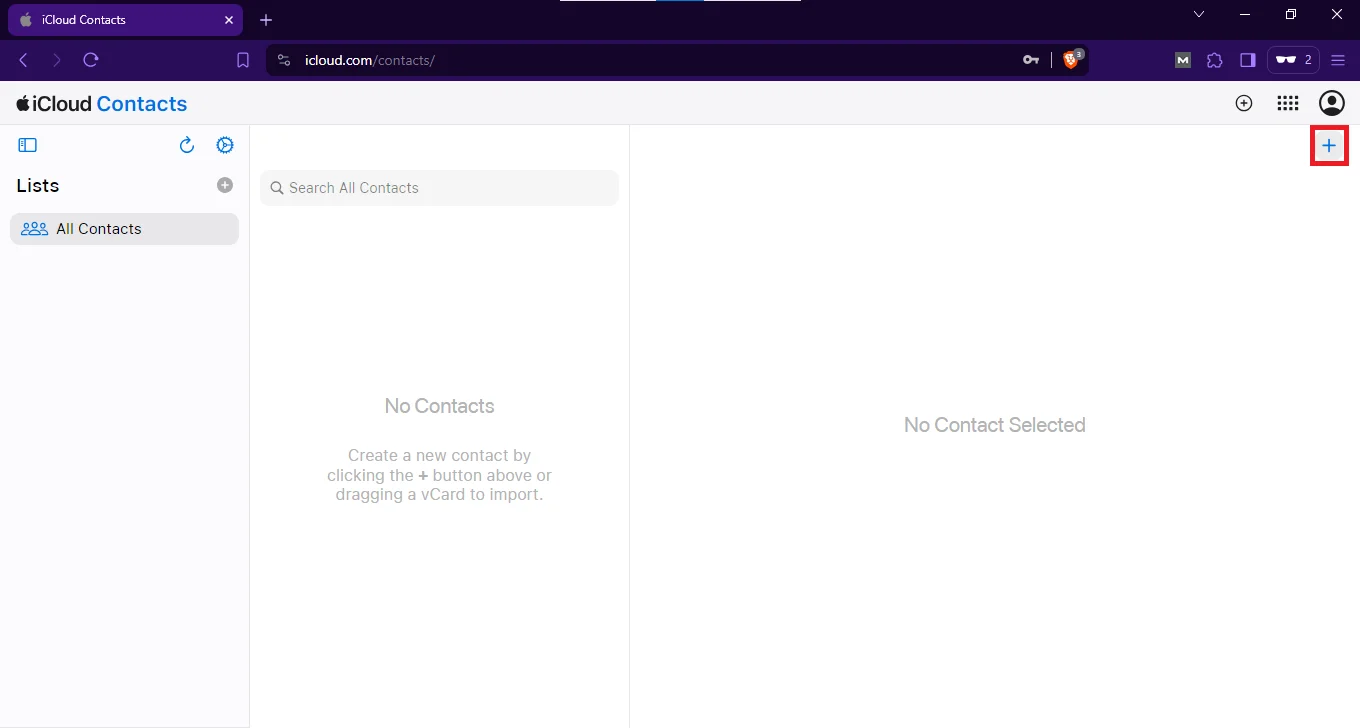
- Choose the Import Contact… option.
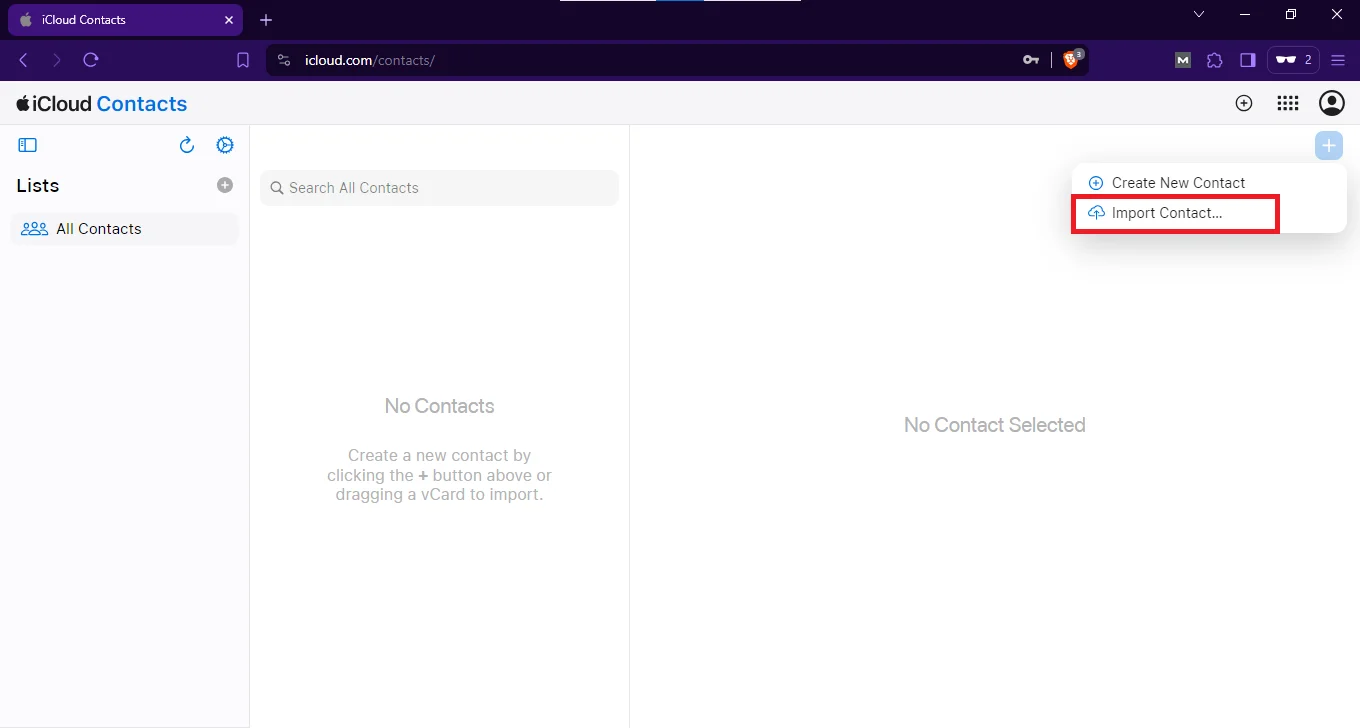
- Find and open the vCard file.
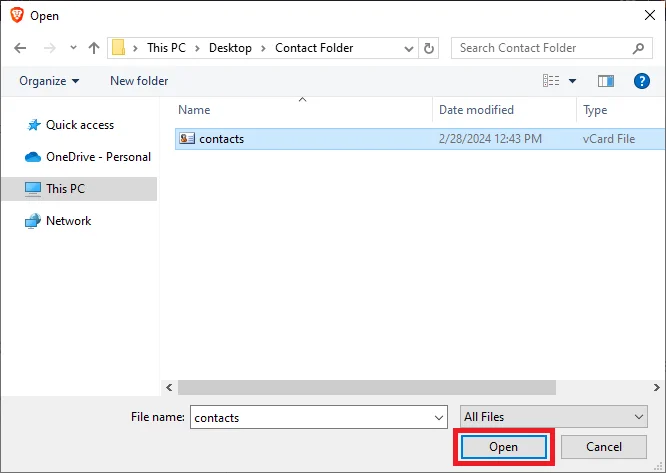
- All contacts will pop up automatically.
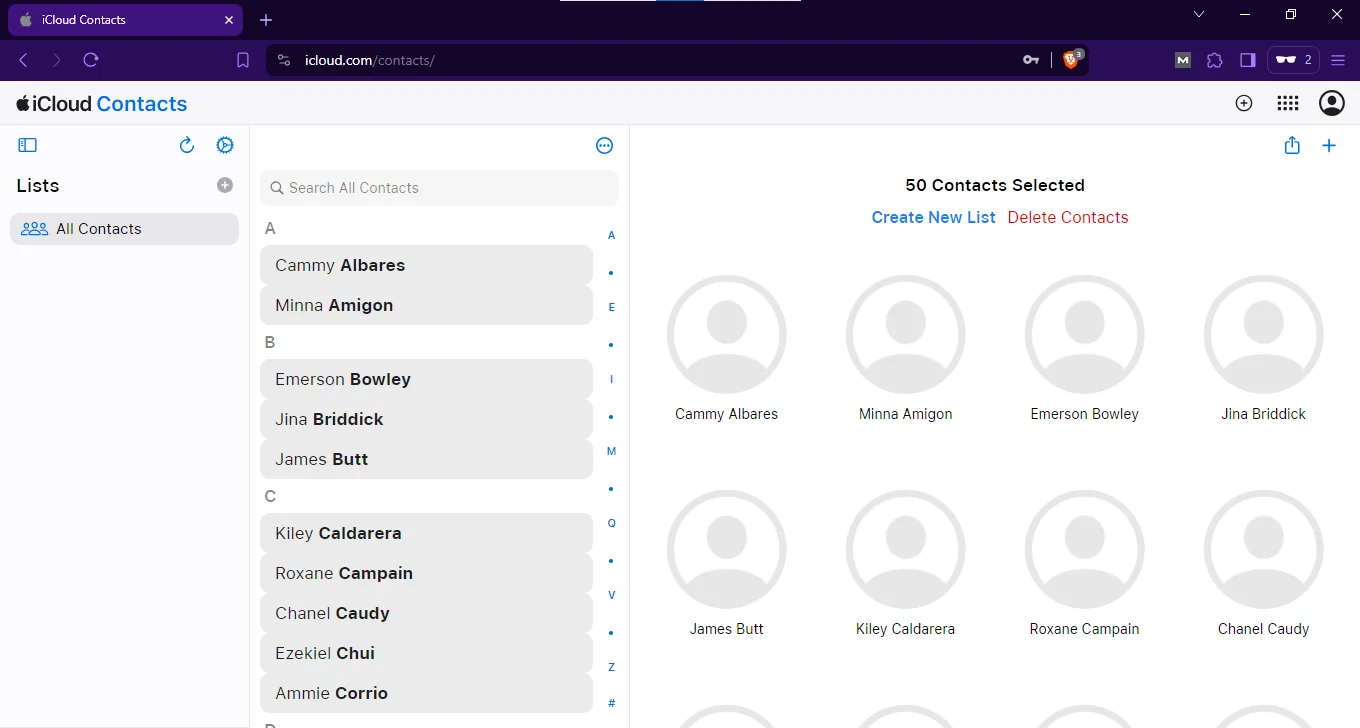
- At the same time, these contacts will sync up with your iOS device as well.
- Open your iPhone and start using the contacts.
Related Topic: Secrets to Add Yahoo Contacts to Android Easily
If you don’t see the contacts on your iPhone, then check for these things:
1. Is your iPhone connected to the internet? iPhones that are offline can’t reflect the changes in real-time. Turn your WiFi off and on again. Wait for the connection, and once it is available, check the contact list.
Are you using the same Apple ID on both iCloud and iPhone? If not, then configure it with the help of these steps.
- Go to Settings on your iPhone.
- Tap on your name and Apple ID at the top.
- Select Sign In & Security.
- Next to Email & Phone Numbers, tap Edit.
- Change your existing email address to a new one (as long as it’s not already in use with another Apple ID).
Note: Changing the primary Apple ID on your device is possible. However, you can’t use multiple Apple IDs on a single device.
Have you disabled the sync feature of their iCloud or iPhone? This can cause the contacts to not appear on the iOS device. So, do the following:
- Open Settings on your iPhone.
- Tap on your name and Apple ID at the top.
- Select iCloud.
- Ensure the toggle next to Contacts is switched on (green).
Conclusion
Moving contacts from one platform to another is a common task performed by most of the users. One such query on how to import contacts to iPhone from CSV file is answered in this blog. A user just needs to follow the process mentioned in the blog above to upload contacts to iPhone from CSV file.
Frequently Asked Questions by Users
Following are the steps:
1. Download the software and click on the Add File(s) option.
2. Choose VCF format and apply the settings as per requirement.
3. Map the CSV and vCard columns accordingly.
4. Hit Export to complete the procedure.
Here, go through these 4 steps of conversions:
1. Install the tool and choose the Browse button to add files.
2. Start the mapping of Excel fields and vCard fields to match them.
3. Choose the vCard version and mark the options as required.
4. Change the destination location and press Convert.

